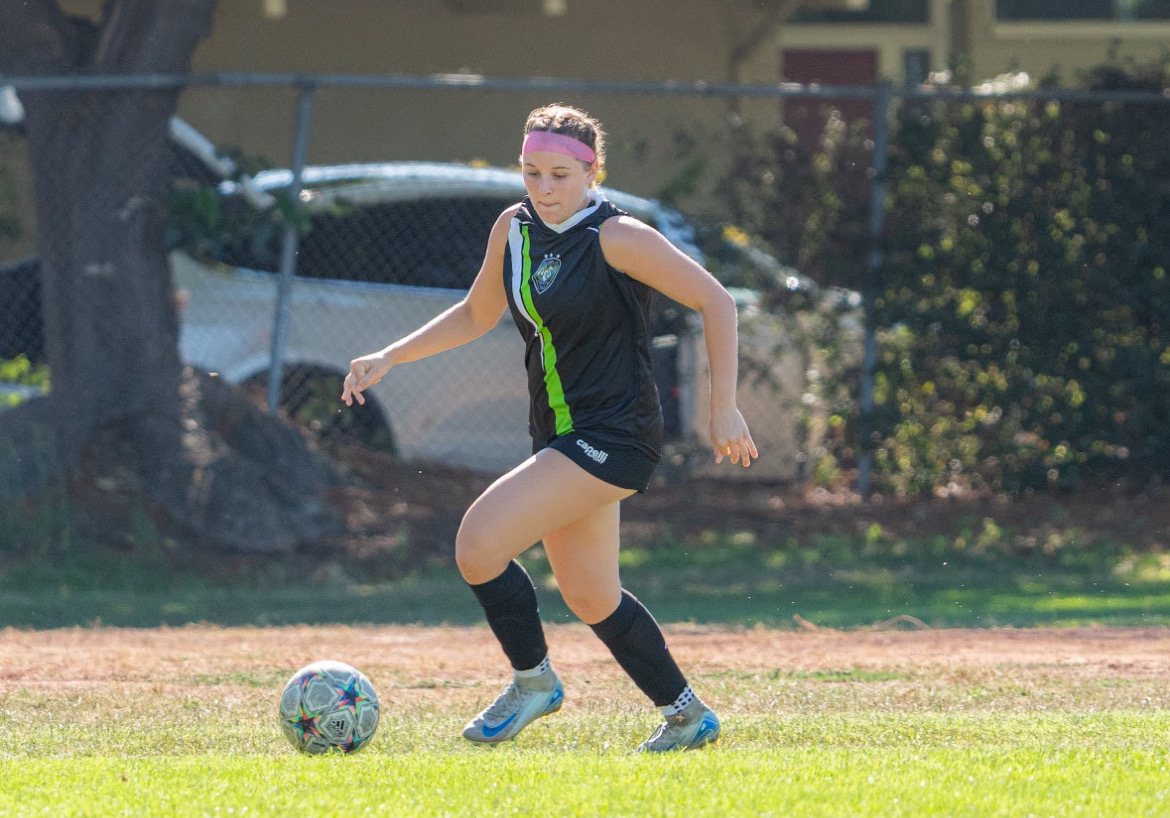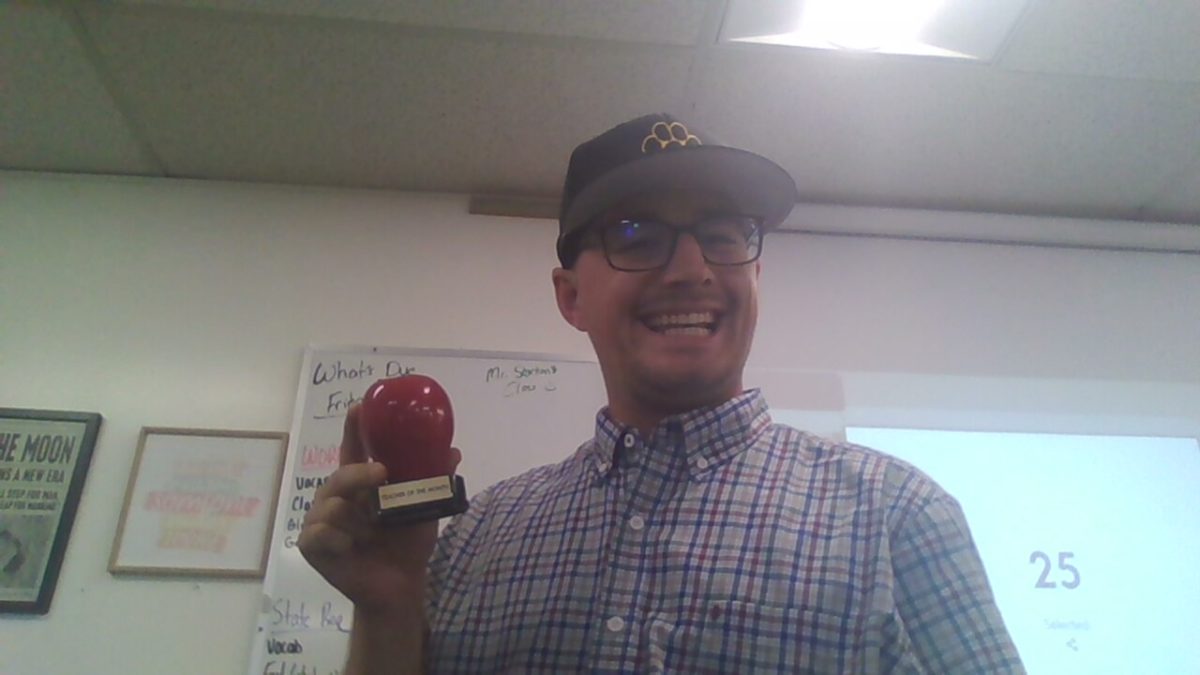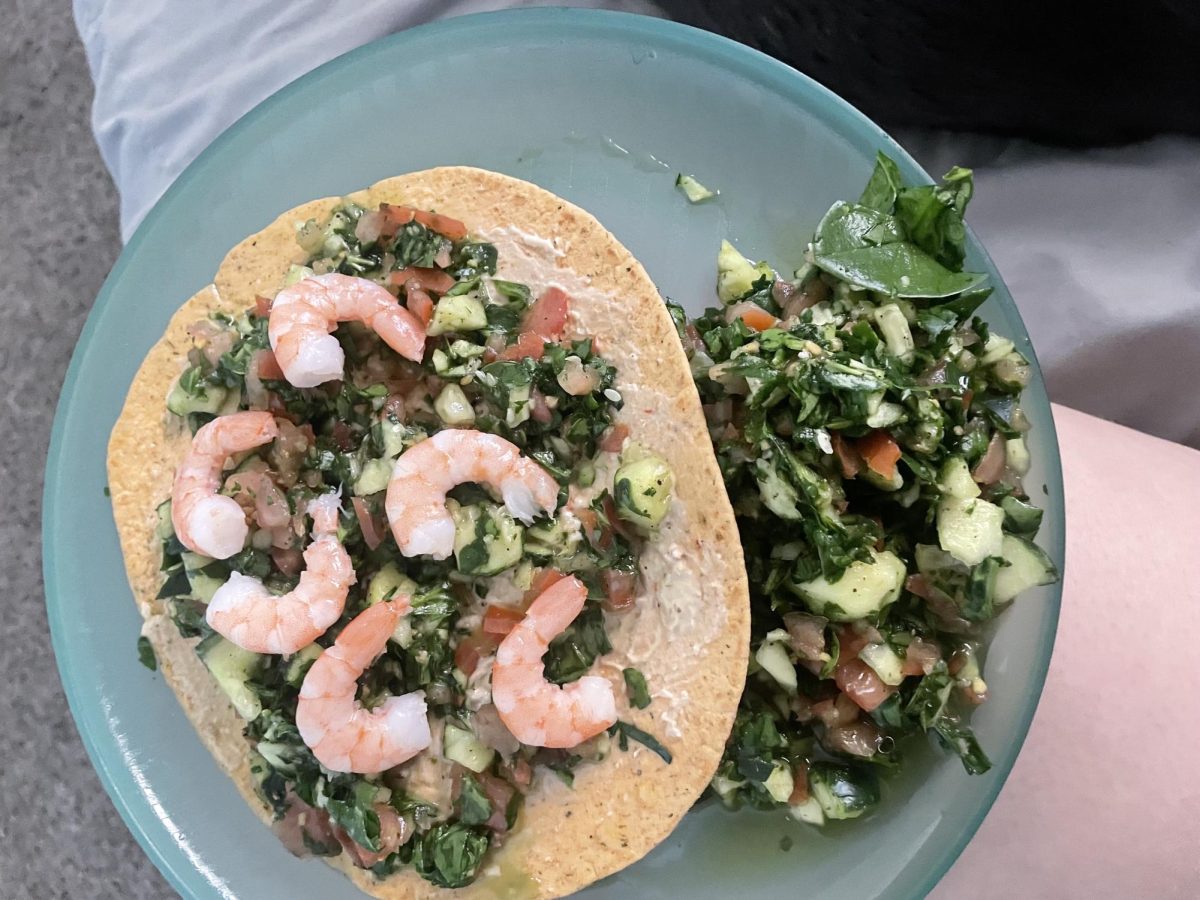The dairy industry, like many of California’s other industries, began with the arrival of the Spanish. Milk and other dairy products like cheese and butter were important to the diets of missionaries. However, the industry was not a major one; the main reason why is that the early cattle in California were more suited for producing tallow, beef, and hide than milk.
Until the Gold Rush, raising cattle in California was primarily a domestic, not an economic, endeavor. The population boom in the 1850s changed that. Milk became an important commodity for the new families arriving. Wives who had nothing better to do while their husbands worked in the mines found that butter & cheese were good side sources of income.
A massive expansion of the dairy industry took place in the decades following the Civil War. By 1880, California was producing 16 million pounds of butter and 3.7 million pounds of cheese annually. This expansion was aided by the development of newly emerging technologies, such as machines that mechanically separated cream from raw milk and pasteurization. In 1899, California’s first creamery opened in Ferndale.
In 1904, the California Livestock Breeders’ Association lobbied before the State Senate the creation of a higher educational institution to advance knowledge in dairying and other farm-related disciplines. In 1908, courses began at the site near Davisville (present-day Davis), allowing pupils to view the processes involved within a creamery. This farm school eventually became what we know today as UC Davis.
Since 1993, California has led the United States in total dairy production, surpassing Wisconsin. There are over 1,100 dairy farms within the state, housing a total of over 1.7 million milk-producing cows. One fifth of American milk production comes from California, with an average dairy cow producing 24,354 pounds of milk as of 2021. The dairy industry is central to California agriculture and has provided an economic base for the state since its inception.








Gayla Hovey • Apr 18, 2025 at 5:39 pm
Article is really interesting! Thanks Aiden!
Arlan & Gayla Hovey